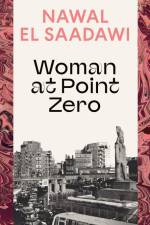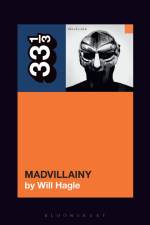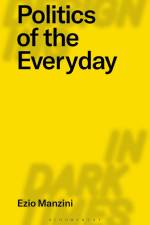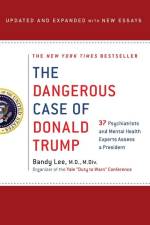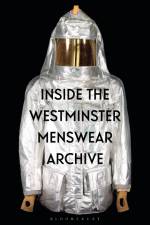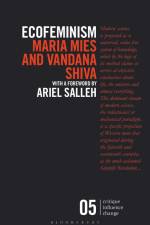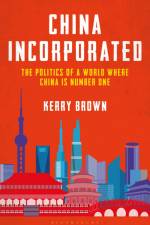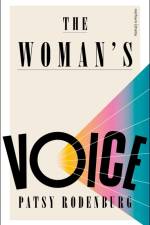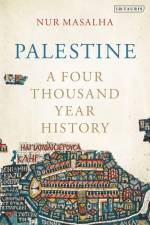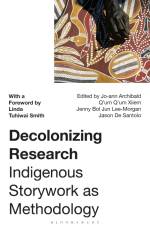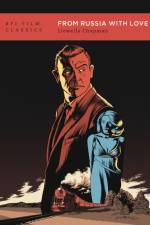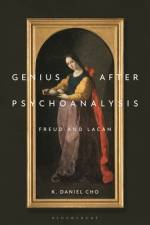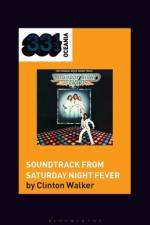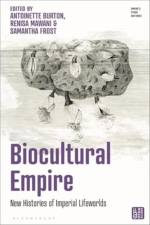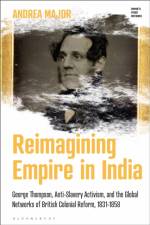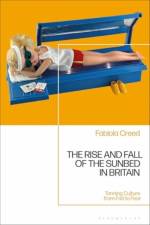av Rebecca Shawcross
605
'[A] lively journey through the evolution of footwear' - The i'Handsomely illustrated and meticulously assembled' - Shahidha Bari, author of Dressed: The Secret Life of Clothes'An exuberant romp through footwear evolution ... a cornucopia of footwear delights' - Flora McLean, Royal College of Art, UK'A memorable walk through a story of innovation, fashion, invention and eroticism' - Giorgio Riello, European University Institute, Italy'An elegantly updated and illustrated edition of an invaluable reference book' - Alicia Kerfoot, The College at Brockport, SUNY, USAFrom chopines to stilettos, Louis XIV to Louboutin, Shoes: An Illustrated History is the definitive guide to footwear. This revised, updated edition expands the classic work to include new content on environmental and sustainability issues, and increased coverage of more diverse, inclusive and contemporary designers - such as Rupert Sanderson, Sophia Webster, Nicolas Kirkwood, Charlotte Olympia, Amina Muaddi, Noritaka Tatehana.Shoes have always been more than just a practical necessity. They reveal the culture of the times in which they were worn - the sexual morals, the social power play, as well as the endless shifting of fashion. Rebecca Shawcross takes the reader on a fascinating journey - packed with social and historical detail - of making and wearing, of the spectacular and the everyday, of conforming and rebelling.Lavishly illustrated with a dazzling array of shoes from all over the world and now including a new closing chapter covering the latest developments in design and technology, the influence of social media and celebrity endorsement, this revision consolidates the book's position as the leading reference work and overview of this ultimate object of desire, from antiquity to the present.

